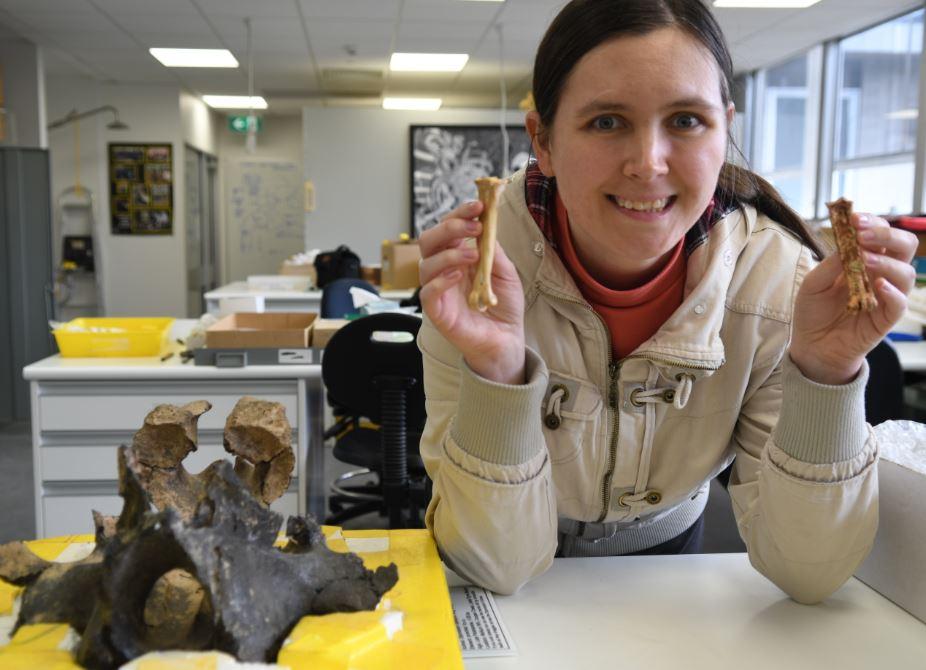Researchers from Flinders University and the South Australian Museum have finally corrected the record on a misclassification that has lasted more than 100 years old after unearthing Australia’s first fossil vulture, the Cryptogyps lacertosus.
The fossilizinitiallys originally classified as the eagle, Taphaetus lacertosus, in 1905 by Charles Walter de Vis, an English ornithologist—studier of birds— who thought that the bird was a distant relative of the wedge-tailed eagle. However, in the late 1900s paleontologists began to question the classification and consider the possibility that the fossil actually belonged to another bird species, the vulture.




